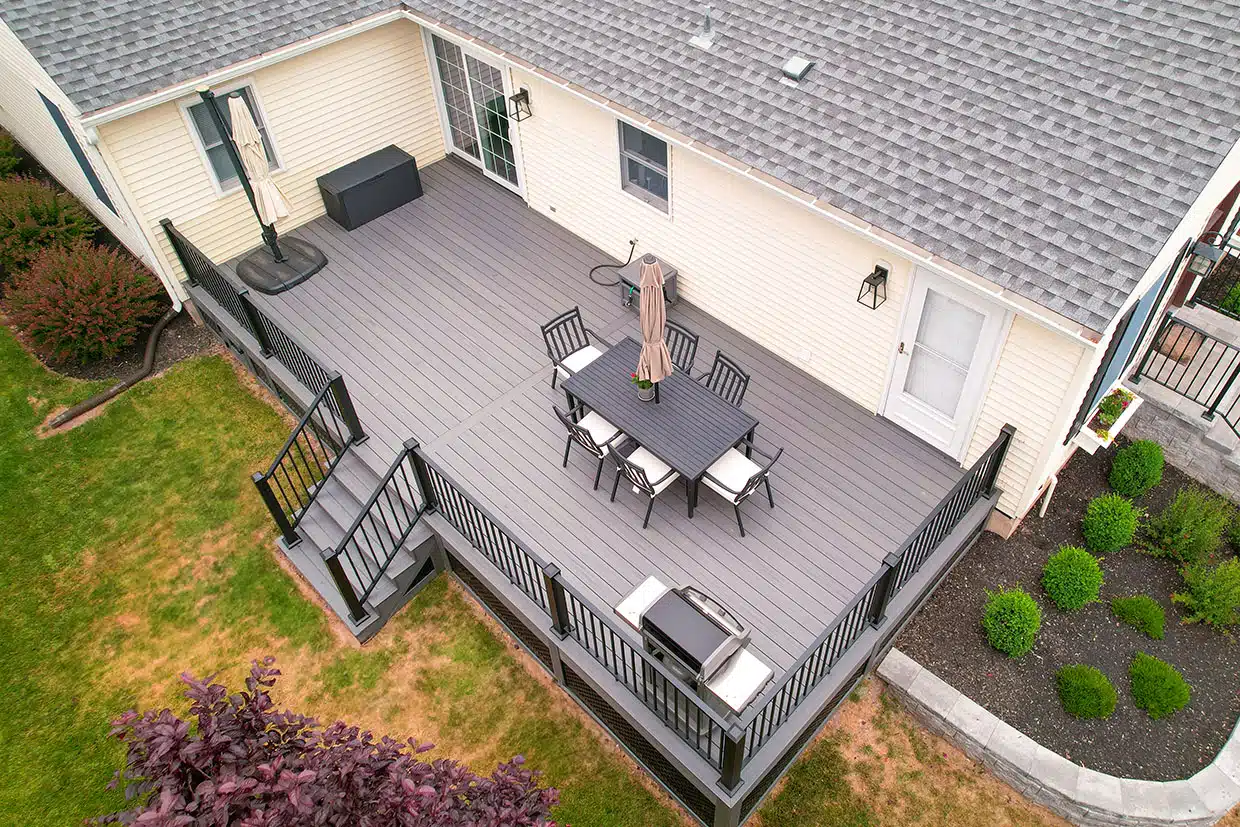Introduction:
Designing and constructing a deck is a rewarding project that can transform your outdoor space into a haven for relaxation and entertainment. One of the crucial decisions you’ll face during this process is selecting the right decking material. With a myriad of options available, each with its own set of advantages and disadvantages, it’s essential to weigh the factors that matter most to you. In this article, we’ll explore popular decking material, their characteristics, and considerations to help you make an informed decision.
- Pressure-Treated Wood:Advantages:
- Cost-effective
- Readily available
- Natural appearance
- Requires regular maintenance (sealing, staining)
- Prone to warping and cracking over time
- Composite Decking:Advantages:
- Low maintenance
- Resistant to rot, insects, and fading
- Available in a variety of colors and styles
- Higher upfront cost
- Some may have a synthetic appearance
- Hardwood:Advantages:
- Rich, natural appearance
- Resistant to decay and insects (e.g., ipe, teak)
- Higher cost
- Requires periodic sealing
- Vinyl Decking:Advantages:
- Low maintenance
- Resistant to moisture and insects
- Diverse color options
- Limited texture variety
- Can be susceptible to fading over time
- Aluminum Decking:Advantages:
- Extremely durable
- Resistant to rust, rot, and insects
- Lightweight and easy to install
- Limited color options
- Higher upfront cost
Conclusion:
Selecting the right decking material involves a balance between budget, aesthetics, and maintenance preferences. Consider the climate in your area, the amount of maintenance you’re willing to undertake, and the overall look you desire. Whether you opt for the classic charm of wood, the low-maintenance benefits of composite, the luxurious feel of hardwood, or the durability of aluminum, the right choice will contribute to creating an outdoor space you can enjoy for years to come.

